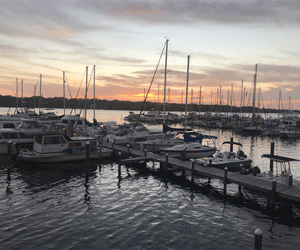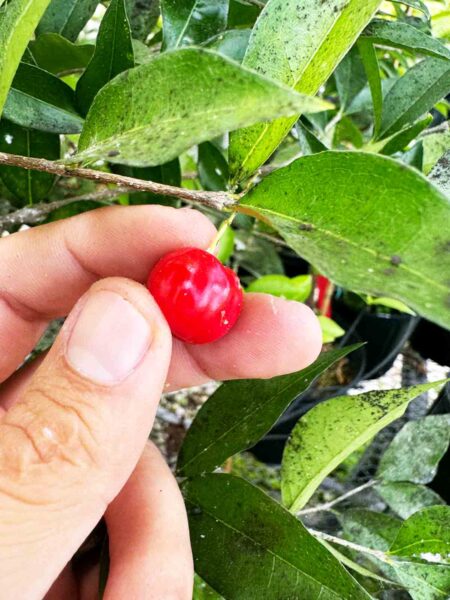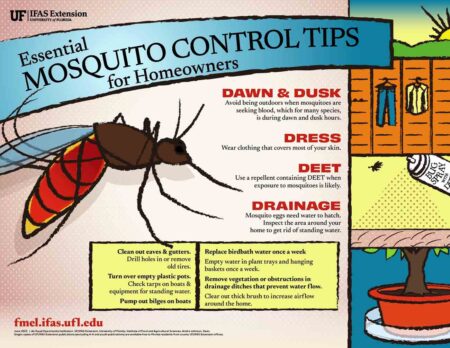As a general rule, when there is less than sixty percent coverage of the desirable lawn grass left, reestablishment should be considered. Many times with time, the original lawn grass dies out leaving a mix of weeds, some of the original lawn grass, sometimes a volunteer grass such as bermudagrass and/or bahiagrass and some bare ground.
Sometimes we waste time and money attempting to rejuvenate an older, thinning, weedy lawn when the best solution is to start over.
As a general rule, when there is less than sixty percent coverage of the desirable lawn grass left, reestablishment should be considered. Many times with time, the original lawn grass dies out leaving a mix of weeds, some of the original lawn grass, sometimes a volunteer grass such as bermudagrass and/or bahiagrass and some bare ground.
Many people wrongly assume that a pest is responsible for the thinning lawn grass in association with large shrubs or trees. As a result, some people misguidedly treat the area for insect and/or disease problems. Some people blame weeds as the lawn declines. But in reality, as the lawn thins, weeds move in.
Over time, trees and large shrubs may simply outcompete the grass. This is a common scenario. When dealing with a similar situation (particularly a group of large trees and/or shrubs), consider alternatives to lawn grass. People sometimes go to great extents to grow lawn grass where it doesn’t want to grow and without ever considering an alternative. Mulch or a shade tolerate groundcover may be a better choice in place of the declining lawn. A mulched bed will look better than a weedy, thinning lawn. And the tree’s roots will benefit from the mulch.
In the process of starting over, decide where lawn grass is needed or where it serves a purpose and consider other options in areas where grass may not be needed or where grass does not historically grow well.
As grass declines in high traffic areas, consider pavement or mulch. In naturally wet areas, consider plants that do well on wet sites. Some areas aren’t appropriate for growing lawn grass. As the grass declines in these areas, “weeds” that are better suited to the conditions outcompete the grass. In such cases, consider turf alternatives and avoid the use of herbicides to control the weeds, which are only a temporary fix at best.
Attempt to determine why the lawn declined and, if possible, correct any mismanagement practices that may have contributed to the lawn’s demise.
It’s unwise to put the time and money into redoing a lawn and then continue to follow poor lawn care practices that will again result in a short-lived, declining lawn.
Professional or expert assistance may be required to diagnose some lawn problems such as nutrient imbalances or nematode and disease issues.
For more information on lawn renovation and care, contact your local UF/IFAS County Extension Office or visit http://hort.ufl.edu/yourfloridalawn.
Larry Williams is the Extension horticulture agent with the Okaloosa County Cooperative Extension Service, University of Florida. Contact Larry at 689-5850 or email lwilliams@myokaloosa.com.








